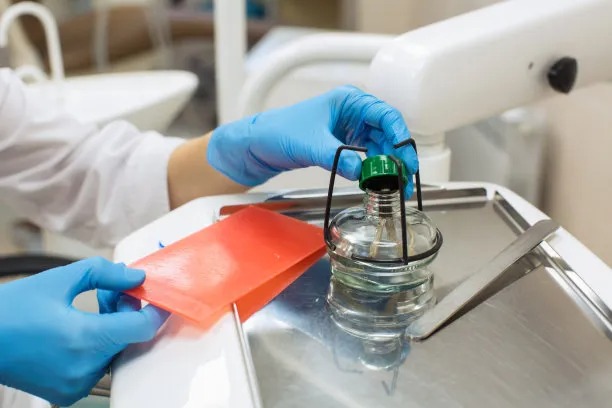Essential Precautions to Ensure Success and Minimize Risks During Root Canal Treatment Procedures
Summary: Root canal treatment is a crucial dental procedure aimed at saving compromised teeth. However, its success hinges on careful precautions to minimize risks. This article outlines essential strategies for navigating root canal procedures effectively. We discuss the importance of thorough patient evaluation, advanced technology utilization, proper sterilization techniques, and effective post-treatment care. By incorporating these elements, dental practitioners can enhance the likelihood of successful outcomes while significantly reducing potential complications for patients. Understanding these foundational practices not only protects the integrity of the treatment but also builds patient trust in the process.
1. Thorough Patient Evaluation Before Treatment

Before embarking on a root canal procedure, a comprehensive patient evaluation is paramount. This assessment begins with a detailed medical history review, ensuring that any underlying health issues are identified. Conditions such as diabetes or heart disease can complicate the healing process, making it imperative to tailor the treatment plan accordingly.
In addition to the medical history, a thorough dental examination should be conducted. This includes imaging technologies like X-rays to assess the extent of damage to the pulp and surrounding structures. Understanding the anatomy of the tooth and the root canals involved allows for a more sophisticated approach and minimizes the risk of complications during treatment.
Furthermore, patient communication is essential during this evaluation phase. Open discussions about the procedure, potential risks, and management of pain can alleviate anxiety and foster a cooperative environment, enhancing the overall treatment experience.
2. Utilization of Advanced Technology
The integration of advanced technology in root canal procedures significantly enhances the chances of success. Tools such as digital radiography and cone-beam computed tomography (CBCT) provide high-resolution images that help dentists identify complex root canal systems. Accurate imaging allows for better treatment planning and execution, ensuring that the entire infected area is addressed.
Endodontic microscopes are another technological advancement that can transform root canal procedures. These microscopes provide magnified views of the tooth’s interior, allowing dentists to detect issues that might otherwise go unnoticed. Their usage reduces the risk of incomplete cleaning and increases the likelihood of a successful outcome.
Moreover, employing rotary endodontics has revolutionized the way root canals are performed. These power-driven instruments streamline the cleaning process, ensuring thorough removal of the pulp tissue and debris. Such technologies contribute to efficiency and precision, directly impacting the treatments success rate.
3. Effective Sterilization Techniques
Infection control during root canal treatments cannot be overstated. A sterile environment is crucial in minimizing the risk of postoperative infections, which can lead to treatment failure. Therefore, dental practitioners should adhere to strict sterilization protocols. This begins with using sterile instruments and equipment, ensuring that all tools are properly cleaned and disinfected before use.
Additionally, the use of personal protective equipment (PPE) for the dental team and adequate disinfectants for the treatment area is mandatory. This not only protects the patient but also safeguards the practitioner from potential contamination.
Moreover, employing an aseptic technique during the procedure—such as using a rubber dam—helps isolate the tooth, providing a barrier against bacteria and saliva. This technique not only creates a more controlled environment but also enhances the efficiency of the procedure itself.
4. Importance of Post-Treatment Care
Post-treatment care plays a crucial role in the overall success of root canal therapy. Providing patients with clear and detailed aftercare instructions is essential. These instructions should include information on pain management, signs of complications, and when to seek further treatment.
Regular follow-up appointments are also important for monitoring healing and ensuring that the treatment has taken effect. During these visits, dentists can address any concerns the patient may have, reinforcing their commitment to their well-being.
Furthermore, educating patients about maintaining oral hygiene after the procedure is vital. Reminding them about the importance of brushing, flossing, and possibly avoiding certain foods will promote healing and prevent future complications, demonstrating that proactive care is a joint effort between the practitioner and the patient.
Summary:
In conclusion, the success and safety of root canal treatment hinge on essential precautions, beginning with thorough patient evaluations, leveraging advanced technology, adhering to effective sterilization techniques, and promoting robust post-treatment care. By implementing these protocols, dental practitioners can not only maximize the effectiveness of the procedure but also minimize the risks involved, ensuring a more positive outcome for their patients.
This article is compiled by Vickong Dental and the content is for reference only.


